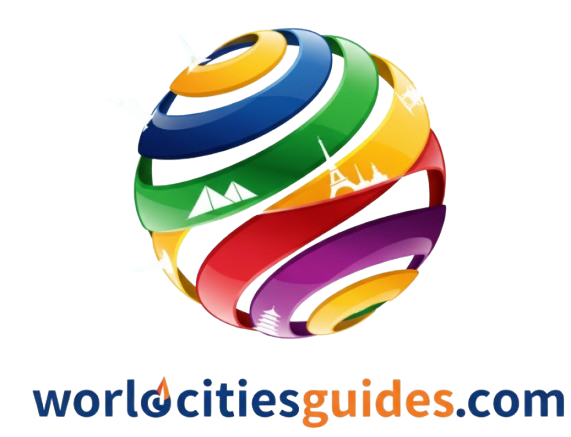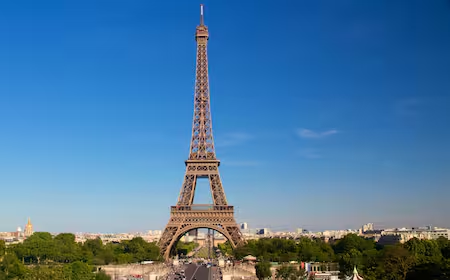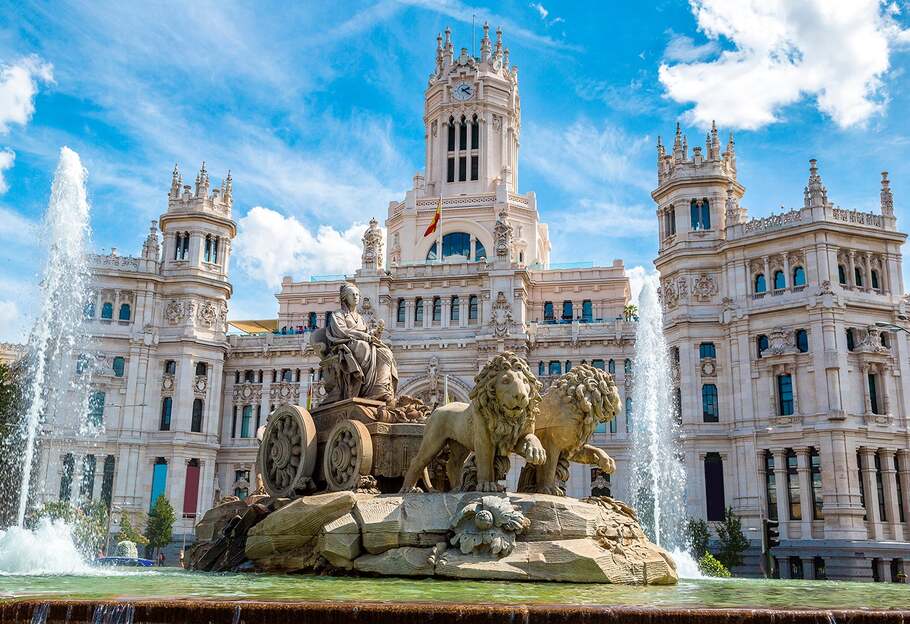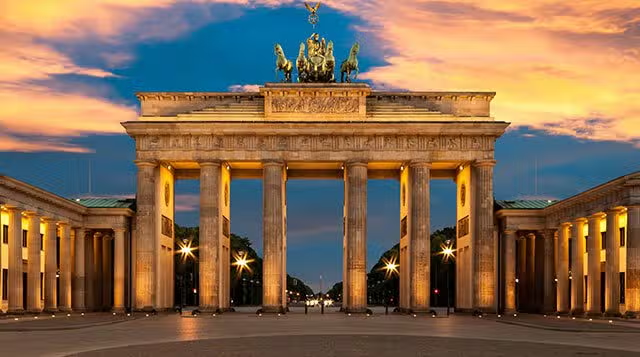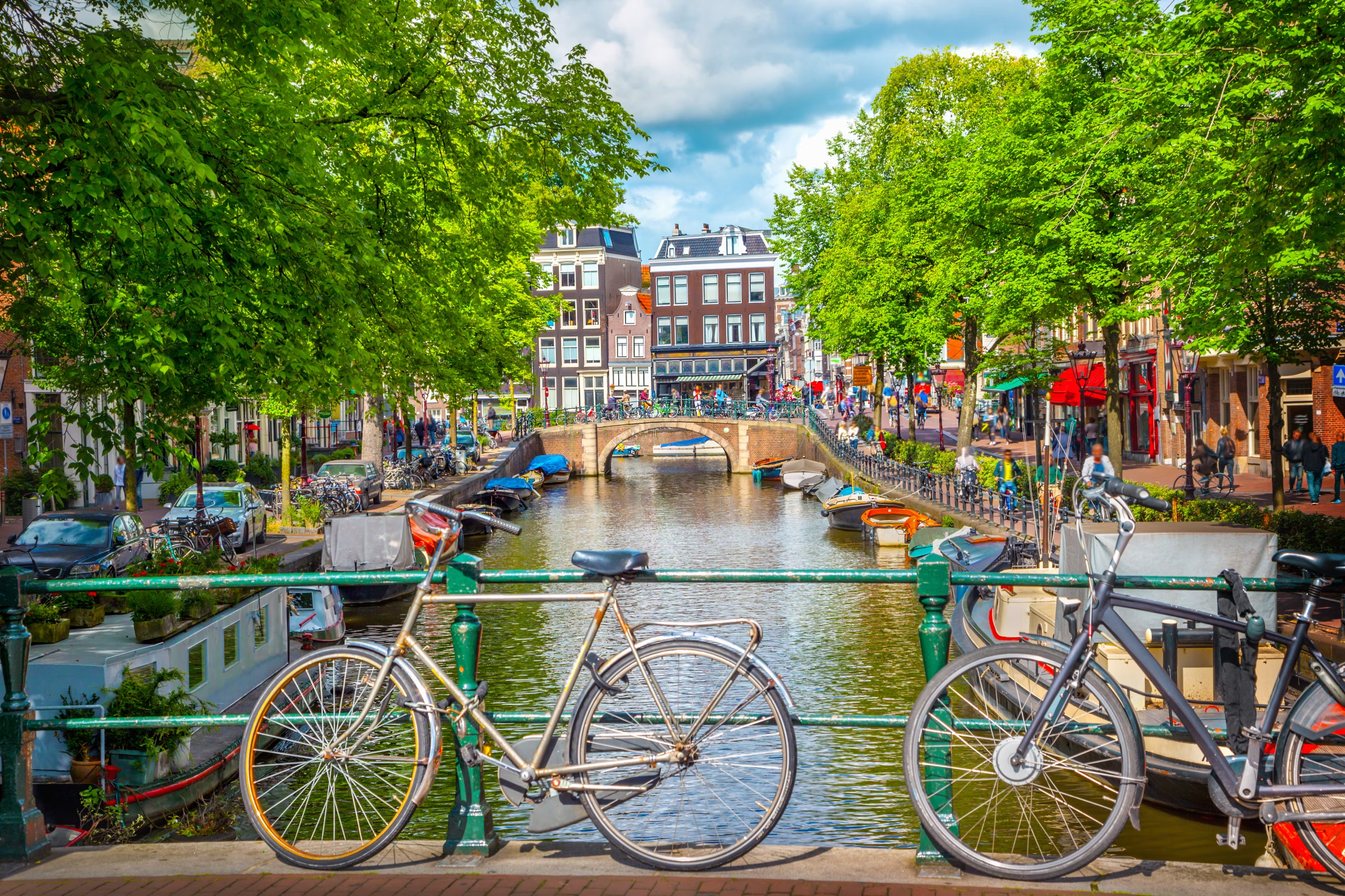Paris — known to many as “The City of Light” — is more than the capital of France, it is a symbol that has captured the imagination of those interested in art, history and romance for centuries. Traveling its streets, you sense the heartbeat of a city that has lived and developed but not without leaving much of itself as it once was. And let’s explore what makes Paris such a singular and lively metropolis, from its centuries-old history to its contemporary living.
A GLIMPSE INTO PARISIAN HISTORY
The history of Paris dates back more than 2,000 years. Once a humble community referred to as Lutetia, it was established by a Celtic people known as the Parisii. With passage of time it developed under the Romans into a place important in politics, culture as well as for business and started to became one of the most important cities in medieval Europe. Paris was central to a number of historical turning points — from kings and queens to revolutions that would change democracy as we know it.
The architecture of the city paints tales of its bygone days. Gothic cathedrals like Notre-Dame share space in Paris with Renaissance palaces and Haussmannian boulevards, built during a sweeping 19th-century renovation that lent much of the city its modernist iconic look. Both have been magnet for artists, writers and thinkers through the centuries and it is now known as a cultural and intellectual beacon.
POPULATION AND LANGUAGE
Today, about 2.2 million people live within its city limits in Paris. But the wider metropolitan region, known as the Paris Region or Île-de-France, is home to more than 12 million people — one of Europe’s biggest urban areas. Jam-packed with more than a million and-a-half people, it’s a heady mix of cosmopolitan locals and immigrants from every corner of the globe.
The language is French, naturally. Huge numbers of Parisians speak English (particularly in touristy areas), but a few rudimentary French phrases will enhance your visit and expose you to more genuine experiences. The Parisian accent with its musical lilt is as appealing as the city.
CURRENCY AND ELECTRICAL STANDARDS
Paris is located in France, so it uses the Euro (€) for currency. Euro is the currency used, and it is universally accepted and can be exchanged or cashed from many ATMs in the city.
As for electricity, Paris has the typical European power system: 230 volts at 50Hz a/c. In the majority (Type C or Type E), it’s two round pins. Travelers from countries with plugs of a different type or voltage will need to bring adaptor and converter devices to ensure the safe charging of their gear.
THE PARISIAN CLIMATE
The climate in Paris is oceanic; the summers are warm and the winters mild. Summers are warm, with temperatures averaging about 25°C (77°F), although heatwaves can push them up even higher. Winters are cold, but not frigid, with temperatures slightly above freezing. The rain is reasonably well spread across the year – take a small umbrella with you!
Spring and fall might be the best times of year to visit, when blooming flowers and changing leaves enhance the city’s picturesque streets and parks. But the weather is a big part of Parisians’ lifestyle and they love to sit on cafés, gardens and along th Seine riverbanks.
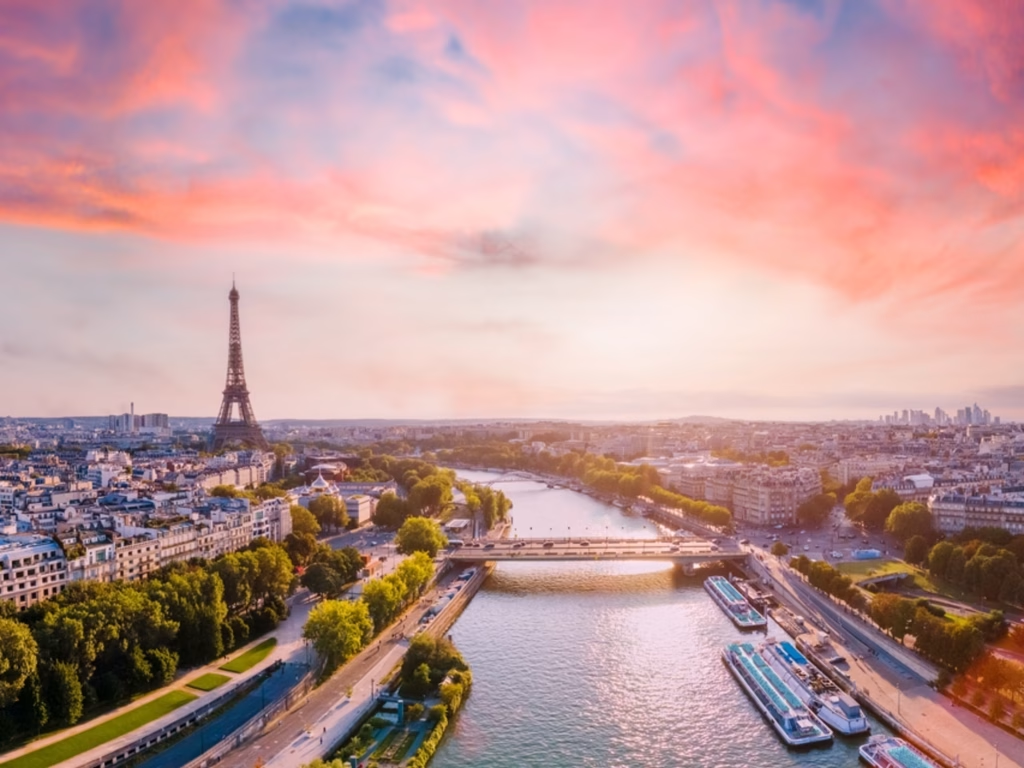
CULINARY DELIGHTS: PARISIAN FOOD
Paris is a foodie’s dream town. The food of the land is lush, varied and steeped in history. The city also is renowned for boulangeries (bakeries) with freshly baked baguettes, flaky croissants and delectable pastries like pain au chocolat.
The basis of French food is freshness and quality. You’ll see coq au vin (chicken braised with wine), boeuf bourguignon (beef stewed in red wine) and ratatouille (a vegetable medley) on many menus. There are staples: cheeses and wines, so you can feast on Camembert, Roquefort and Brie with a glass of Bordeaux or Burgundy.
You might try a crème brûlée for something sweet, or macarons, meringue cookies made with almond meal that the French say they invented in Calais. Street food is also very common; sweet or savory crêpes from stands and shops on the street may be eaten to go, around the city.
GETTING AROUND: PARISIAN TRANSPORTATION
Getting around Paris is simple with its extensive public transportation network. The Paris Métro is a subway system that travels throughout the city of Paris and to its suburbs. It’s quick, convenient and cheap – that’s why both locals and tourists line up for it.
Buses and trams provide scenic routes through various neighborhoods of the city in addition to the Métro. Cyclists meanwhile have the option of using bike rental services offered by Vélib’ program in Paris; bikes are available to rent from several stations across the city.
Taxis and Ubers are available all over the city, but traffic can be thick in rush hour. Walking is also a great way to navigate the city, with much of Paris’ sights located close enough to one another for an easy walk — particularly in central neighborhoods such as Le Marais, Latin Quarter and Saint-Germain-des-Prés.
SAFETY IN PARIS
On the whole, Paris is a safe city for tourists, particularly in high-profile areas and tourist sites. As with any big city, it’s a good idea to stay alert when wandering around and use common sense — keep your valuables secure, don’t wander down dark or deserted streets at night — but native Filipinos will likely tell you Manila isn’t such a scary place if you have the good sense never to make eye contact with a drunken Australian.
Pickpocketing is a problem in crowded areas, such as the Métro or popular tourist sites, so keep your bags close and eyes open. The city is well policed and the emergency services are good.
MUST-SEE ATTRACTIONS
Paris is home to some of the most recognizable landmarks in the world. No trip is complete without a stop at the Eiffel Tower, the city’s most famous symbol. Whether you appreciate it from below, or take the elevator to its uppermost point for a panoramic view of unruffled waters and bleached mountains, it takes your breath away.
The Louvre Museum has an incomparable art collection, including the Mona Lisa and the Venus de Milo. Even if you’re not an art lover, the museum’s architecture and history are significant.
Another highlight is the magnificent Notre-Dame Cathedral with its marvelous Gothic architecture, but it’s currently under renovation since the fire of 2019. The Sainte-Chapelle, next door to Notre Dame, is famous for its sparkling stained-glass windows.
Walking down the Champs-Élysées, one of the most famous avenues in the world, brings you back to Arc de Triomphe: a monument for those who fought on behalf of France. The bohemian history of the Montmartre neighborhood and the Sacré-Cœur Basilica provide charming streets and panoramic views over paris.
For a day of lounging, head to the Luxembourg Gardens or the Tuileries Garden, which are ideal for picnicking and people-watching.
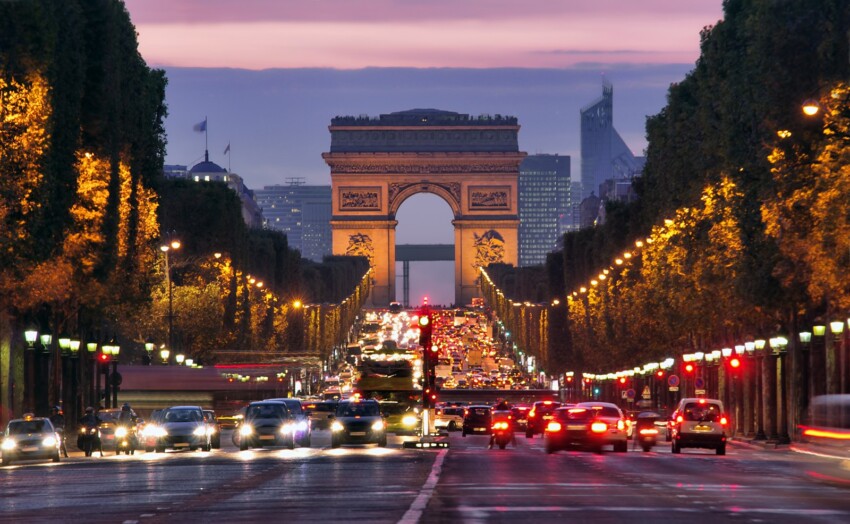
OTHER IMPORTANT ASPECTS OF PARIS
More than just the familiar monuments, Paris is a city of quartiers, each with its own distinctive character. From the boho boutiques of Le Marais to the student bustle of the Latin Quarter, scratching beneath their surfaces throws up images of city life and culture.
The city also boasts a cultural calendar filled with Paris Fashion Week, dozens of art shows and theater performances and open-air markets all year long.
The city boasts great health care and international schools, enticing many to make it home instead of just a stopping point for tourists.
Paris is one of those cities that inspires the imagination with its history, culture and day-to-day beauty. Whether you are meandering past centuries-old landmarks, feasting on good food or sipping coffee in a jostling café, there is no escaping the unique feel of the city.
Its population, varied and vibrant, its language musical and the speed at which it works and relaxes just right for a mix of hustle and relaxation. Paris is a city that it wants you to unravel its mystery and learn all of its secrets and love every minute, forever.
